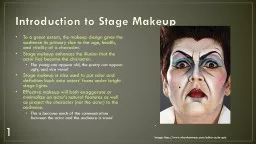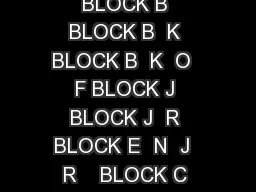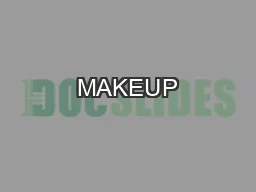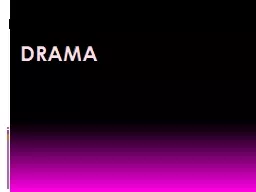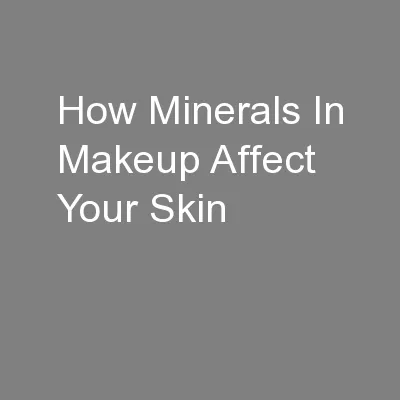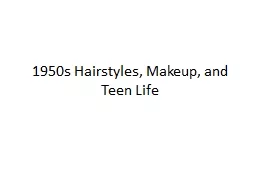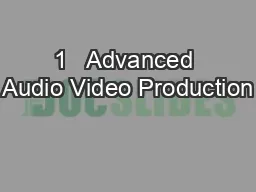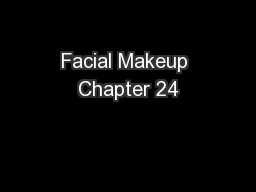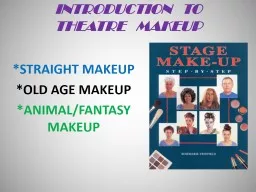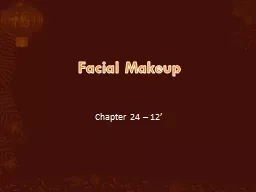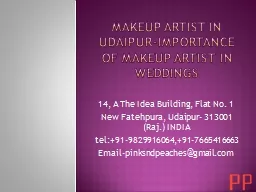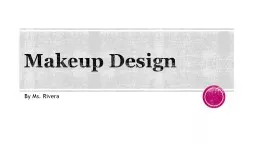PPT-Introduction to Stage Makeup
Author : ellena-manuel | Published Date : 2018-03-09
To a great extent the makeup design gives the audience its primary clue to the age health and vitality of a character Stage makeup enhances the illusion that the
Presentation Embed Code
Download Presentation
Download Presentation The PPT/PDF document "Introduction to Stage Makeup" is the property of its rightful owner. Permission is granted to download and print the materials on this website for personal, non-commercial use only, and to display it on your personal computer provided you do not modify the materials and that you retain all copyright notices contained in the materials. By downloading content from our website, you accept the terms of this agreement.
Introduction to Stage Makeup: Transcript
Download Rules Of Document
"Introduction to Stage Makeup"The content belongs to its owner. You may download and print it for personal use, without modification, and keep all copyright notices. By downloading, you agree to these terms.
Related Documents

